Unlocking the Magic of Visuals – Essential Cinematic Tools for Screenwriters.
Screenwriting isn’t just about crafting sharp dialogue; it’s about building a world where visuals and subtext carry just as much weight as words on the page. Cinema is a medium uniquely equipped to convey emotions, themes, and narrative in ways that spoken language can’t always achieve.
In fact, sometimes it’s what we don’t say that communicates the most. By analyzing recent films, screenwriters can pick up invaluable lessons on how to leverage visuals to enhance their stories.
10 Key Elements of Cinematic Storytelling That Show How Powerful Visual Can Be.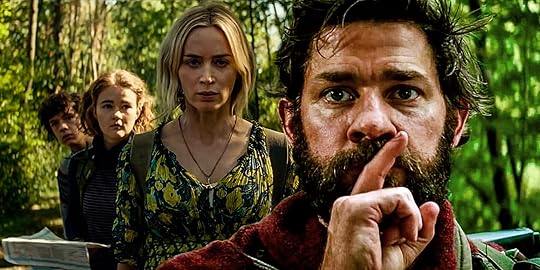 #1 – Show, Don’t Tell: The Power of Visual Subtext.
#1 – Show, Don’t Tell: The Power of Visual Subtext.
Every screenwriter has heard the adage “show, don’t tell,” and it’s one of the most important guidelines to follow.
Instead of relying on dialogue to explain a character’s emotions or motivations, let the visuals do the heavy lifting. Small, deliberate details—like a character’s posture, the use of props, or their facial expressions—can reveal so much about what’s happening internally.
Take A Quiet Place by John Krasinski. The film’s premise revolves around a world where sound is deadly, and much of the storytelling happens through silence. The audience learns the survival rules without a single word of dialogue: floorboards are marked with paint to indicate safe walking zones, meals are eaten on lettuce leaves to avoid clattering plates, and sand lines are placed to muffle footsteps.
Krasinski uses these subtle visual cues to build the world and immerse the audience in it. One of the most powerful moments comes when Evelyn (Emily Blunt) is teaching her son math on a chalkboard. The sudden sound of a monster outside causes a fleeting shift in her expression from calm to panic—an entire wave of fear conveyed without uttering a word.
Why It Works: The audience isn’t simply watching; they’re engaging, deducing meaning, and feeling more involved in the narrative.
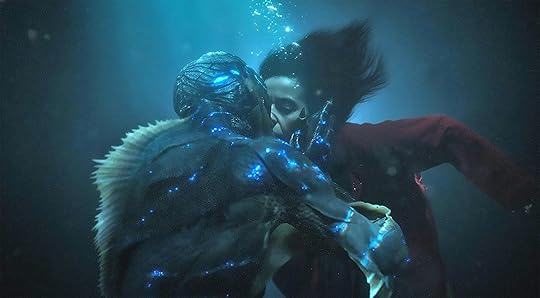 #2 – Symbolism in Visual Design.
#2 – Symbolism in Visual Design.
Film is a language of symbols, and a single object, color, or scene can hold deep meaning. By weaving subtle visual symbols into the design of the world, filmmakers convey complex themes without explicitly stating them.
For screenwriters, this means thinking about what objects or images can embody a theme or character trait.
In The Shape of Water, directed by Guillermo del Toro, water is the film’s central visual symbol. From the shimmering aquatic tank where the Amphibian Man is kept to the cascading rain that follows Elisa’s (Sally Hawkins) romantic journey, water symbolizes transformation, connection, and liberation. Each visual element of water builds the thematic heart of the film, subtly reflecting the characters’ desires for freedom and understanding.
Why It Works: When symbolism is used thoughtfully, it gives the audience something to decode and interpret, enriching the overall experience.
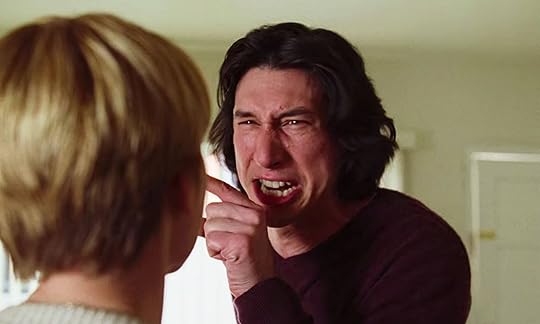 #3 – Emotion Through Framing and Composition.
#3 – Emotion Through Framing and Composition.
Framing and composition are tools that allow directors to direct the audience’s emotions without saying a word.
A tight shot can create claustrophobia; a wide shot can emphasize isolation or freedom. Screenwriters can suggest such moments in their scripts by including visual cues that naturally lead to powerful compositions.
Consider Marriage Story, where Noah Baumbach uses tight framing to accentuate the emotional constriction of a couple’s arguments. These confined shots are juxtaposed with wide frames, showing Charlie (Adam Driver) and Nicole (Scarlett Johansson) apart, emphasizing the emotional distance growing between them. This visual approach elevates the emotional resonance of the dialogue.
Why It Works: The composition of a shot guides the viewer’s emotional response, enhancing the overall impact of the scene.
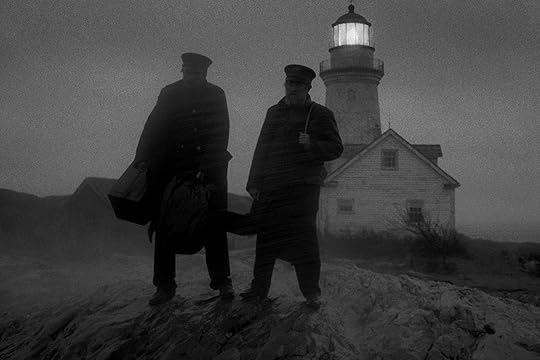
#4 – Lighting as a Storytelling Tool.
Lighting isn’t just about making things visible; it’s a narrative device in itself.
How a scene is lit can establish mood, reflect character states, and even foreshadow events. For screenwriters, suggesting specific lighting can subtly inform the emotional undercurrent of a scene.
A brilliant example is The Lighthouse, directed by Robert Eggers. The film is shot in stark black-and-white, and the lighting contrasts are extreme. This lighting serves not only to create an atmosphere of isolation and madness but also to emphasize the supernatural elements at play. The interplay of light and dark becomes an emotional landscape, mirroring the unraveling minds of the two protagonists.
Why It Works: Lighting controls tone and mood, allowing filmmakers to convey feelings or foreshadow events through shadow and light, even without the need for dialogue.
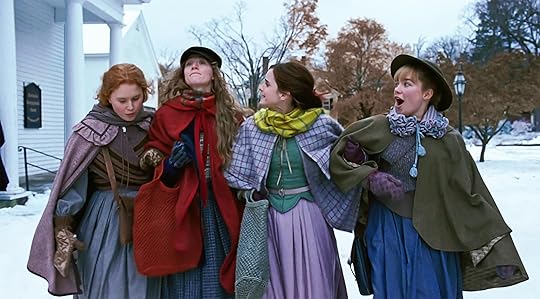
#5 – The Role of Costumes in Character Development.
Costumes are like visual shorthand for a character’s personality, desires, and personal journey.
A character’s wardrobe can signal their socio-economic status, personal struggles, or even their emotional transformation throughout the film. Screenwriters can use costume cues in their scripts to enhance character development.
In Little Women, directed by Greta Gerwig, the costumes play a pivotal role in defining each sister’s character. Jo (Saoirse Ronan) dresses in practical, loose-fitting clothes, symbolizing her independence and rejection of traditional gender roles. Amy (Florence Pugh) wears elegant gowns, reflecting her desire for refinement and societal status. As the story unfolds, these costumes evolve, highlighting the characters’ growth and changing aspirations.
Why It Works: Costumes visually communicate what words cannot, and by subtly incorporating them into the script, screenwriters can enrich their characters’ arcs.
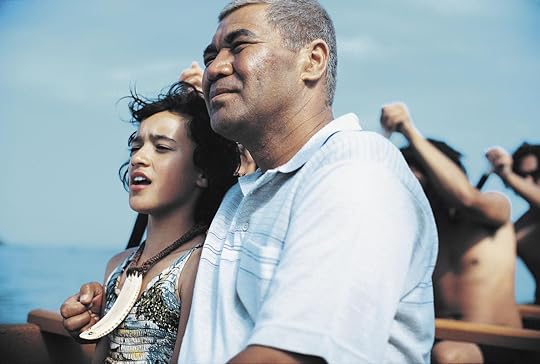 #6 – Action Without Words.
#6 – Action Without Words.
Sometimes, actions speak louder than words. Action without dialogue allows characters to communicate their inner world through movement, expressions, or physical gestures.
These moments often capture the emotional core of a character’s journey in ways that dialogue cannot.
In Whale Rider, Pai’s (Keisha Castle-Hughes) journey is largely expressed through action rather than words. One of the most powerful moments is when Pai climbs a sacred rock, standing at the ocean’s edge, her stance and gaze conveying determination and inner strength. The absence of dialogue amplifies the emotional impact, allowing the audience to feel Pai’s growth without a single line of spoken dialogue.
Why It Works: These moments allow the audience to witness a character’s transformation in its purest, most visceral form.
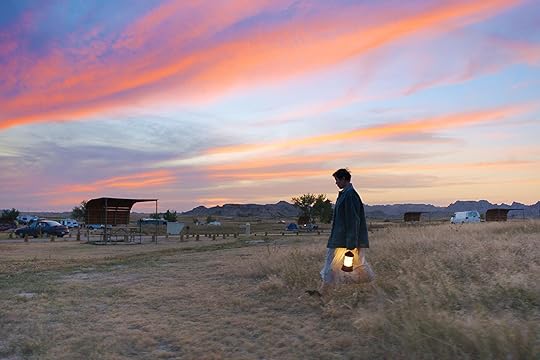
#7 – The Power of a Static Shot.
A static shot holds the camera still and allows the scene to breathe. These shots can evoke contemplation, emotional depth, or a sense of isolation.
They slow the pace of the story, creating a moment for the audience to engage with the characters and their surroundings deeply.
In Nomadland, Chloé Zhao uses static wide shots of barren landscapes, emphasizing the loneliness and isolation of Fern (Frances McDormand). These shots not only reflect Fern’s emotional journey but also convey the enormity of the world she inhabits. The stillness of the shot forces the audience to absorb the emotional weight of her solitude.
Why It Works: A static shot lets the emotional and thematic elements unfold slowly, allowing the audience to absorb the depth of the moment.
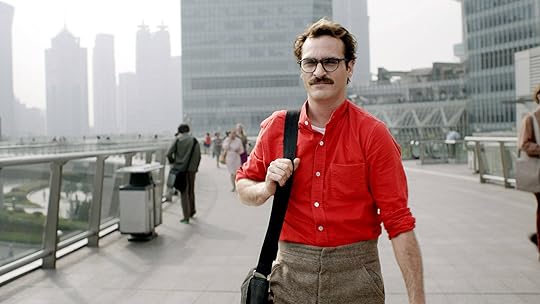 #8 – Environmental Storytelling.
#8 – Environmental Storytelling.
The environment is more than just a backdrop; it actively communicates the story. How characters interact with their surroundings, or how those environments reflect their inner world, can reveal layers of narrative without a word being spoken.
In Her, directed by Spike Jonze, the city of Los Angeles serves as a reflection of Theodore’s (Joaquin Phoenix) internal isolation.
The sleek, pastel-colored buildings contrast sharply with his emotional detachment, subtly reinforcing the film’s exploration of loneliness in a hyper-connected world.
Why It Works: The environment itself becomes an active storyteller, providing context, emotional depth, and symbolism to the narrative.
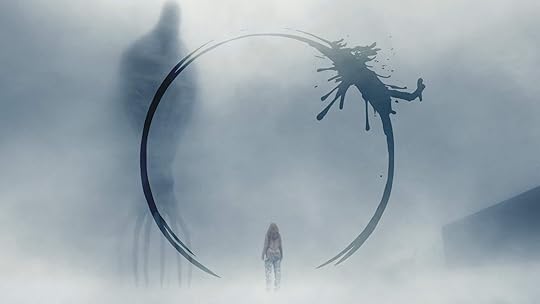 #9 – Visual Foreshadowing.
#9 – Visual Foreshadowing.
Visual foreshadowing plants clues in the scene that hint at future events. These visual cues can be overt or subtle but serve to build anticipation and deepen the narrative.
For screenwriters, adding these visual cues strengthens the cohesion of the story.
In Arrival, directed by Denis Villeneuve, the circular symbols of the Heptapod language visually foreshadow the film’s twist about non-linear time. The circular shapes allude to the concept of time being experienced simultaneously, preparing the audience for the revelation that will reshape their understanding of the film’s timeline.
Why It Works: Foreshadowing builds suspense and creates a sense of inevitability, making the eventual revelation more satisfying.
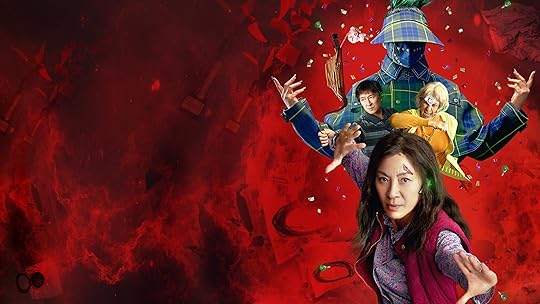 #10. Montage for Condensed Storytelling.
#10. Montage for Condensed Storytelling.
A montage is a powerful tool for condensing time or presenting multiple ideas in a compact space.
It’s the ultimate way to convey a lot of information or emotion quickly, often accompanied by music to heighten its impact.
In Everything Everywhere All at Once, the multiverse jumping montage is a fast-paced whirlwind of alternate realities, capturing the chaotic yet transformative nature of Evelyn’s (Michelle Yeoh) journey. Through rapid cuts, we see her as a chef, a movie star, and countless other versions of herself, each snapshot representing a different possibility and emotional shift.
Why It Works: Montages allow filmmakers to quickly compress time or present various ideas without losing the emotional core of the story.
In Conclusion – Screenwriting is more than just putting words on a page—it’s about crafting a vibrant world where visuals, atmosphere, and tiny details bring the story to life. When you tap into the magic of visual storytelling, you unlock a whole new layer of your script, letting emotions, themes, and character journeys unfold naturally.
Whether it’s a meaningful object, a frame that tugs at the heart, or a subtle hint of what’s to come, every visual choice can amplify your story, making it richer, more engaging, and totally unforgettable.
Now it’s YOUR turn – Which recent film do you think uses visual storytelling in the most unique way?
Would love to get your input in the comment box below.
The post Unlocking the Magic of Visuals – Essential Cinematic Tools for Screenwriters. appeared first on Vered Neta.



